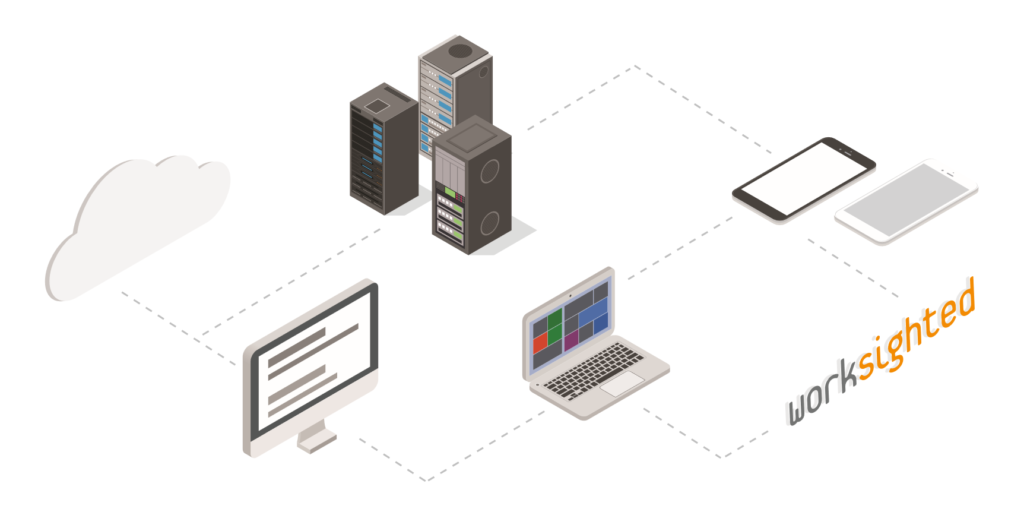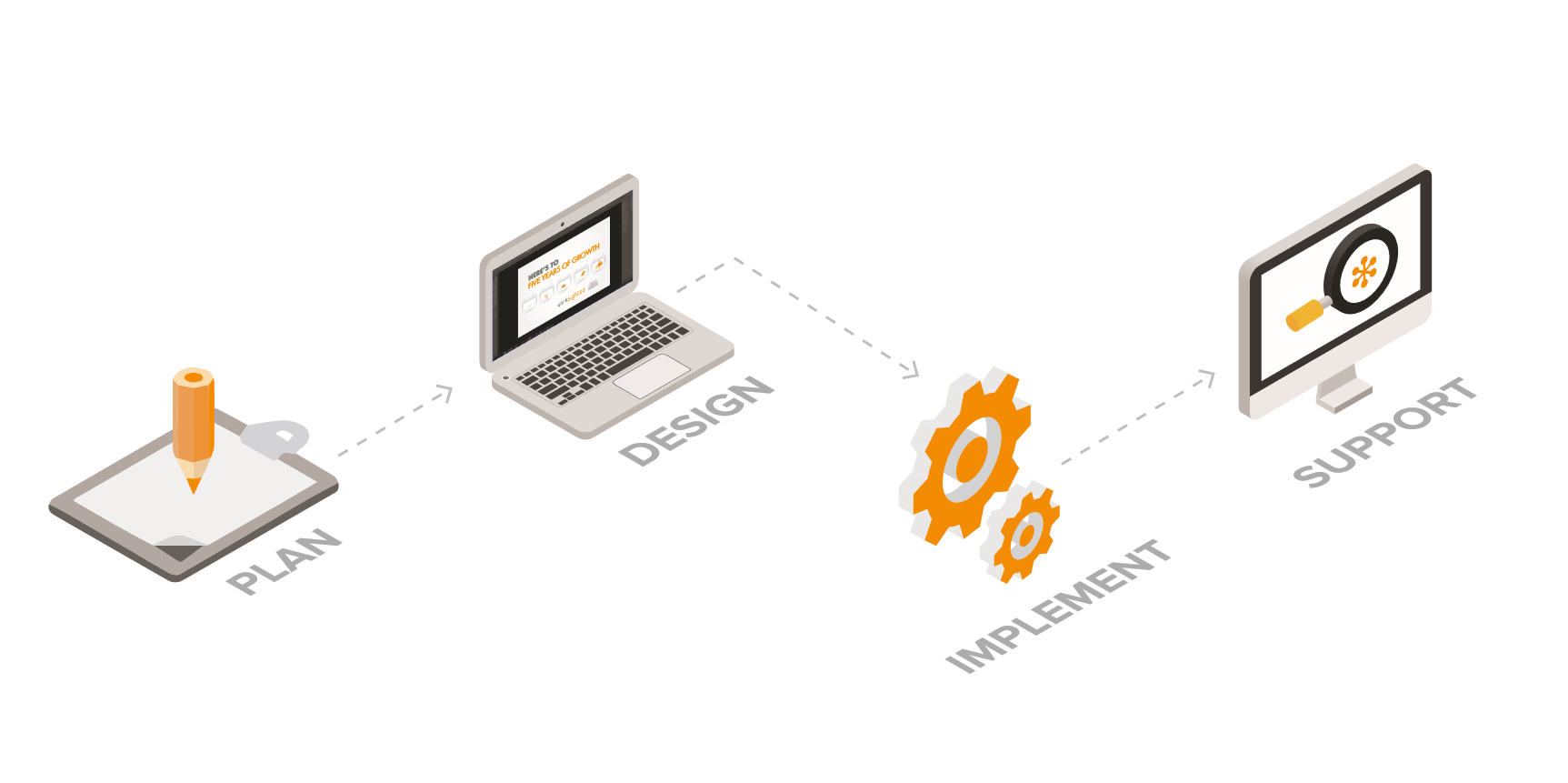Bring Your Business to New Heights with Low-code Development
These days, low-code development is big news. You don’t have to look far to find a fresh success story, as businesses and individuals everywhere discover the benefits of using simpler, faster ways to create technology solutions.
In this article, we’ll take a look at the rise of low-code app development and how adopting this powerful new kind of technology can give your own business a real boost.

The Rise of Low-code App Development
Why are low-code platforms so popular at the moment? Well, there’s no single factor we can concretely claim as the catalyst, but here are some of the key contributors:
A Need for Speed
Agility is an increasingly desirable characteristic for organizations. Because it’s much simpler and less expertise-intensive than traditional software development, low-code development allows businesses to create new solutions more quickly and adapt what they create more flexibly. That means they can meet changing needs, overcome sudden challenges, and capture new opportunities.
Watching Your Wallet
Businesses always face the need to make their budgets stretch as far as possible. But in today’s particularly challenging financial climate, cost-effectiveness is especially attractive. Low-code development is generally faster and requires a lower expenditure of resources than doing it the “old-fashioned” way, so it’s often far less costly.
Advances in Low-Code Platforms
Right now, low-code development is more sophisticated than it’s ever been. The best platforms offer wide-ranging, seamless, and powerful integration with all kinds of business technology that organizations use all the time – from CRM systems such as Salesforce to productivity and communication tools like Google Workspace and Microsoft 365. That means these platforms can now offer even greater value across a wider scope of business processes.
Picking the Right Low-Code Development Platform
So, now we’ve examined the reasons behind the rise of low-code app development. If they sound compelling, and you’d like to get started, it’s time to pick a platform.
Microsoft Power Apps has emerged as one of the best choices for organizations looking to harness the potential of low-code development. In fact, Microsoft’s platform was named a leader in Forrester’s new report, “Low-Code Development Platforms For Professional Developers, Q2 2021”.
The research specialists said Power Apps is “fast becoming a standardized low-code platform of choice.” Let’s look at just why that is.
Why Choose Microsoft Power Apps?
Its ease of use and seamless integration with the rest of the Microsoft ecosystem have put Power Apps in front of the pack. The platform’s place in Microsoft’s highly joined-up technology roster was singled out by Forrester, who said:
“The software giant’s aligned technology strategy — from Azure to Office, with Power Apps as the low-code lingua franca at the center — is powerful and unique.”
Power Apps offers vast integration possibilities that span the rest of Microsoft’s offering as well as third-party tools and services that all kinds of organizations use all the time. With such an array of connectors available, it’s likely that if you want to build something and bring in other elements of your technology environment, you can do it quickly and easily with Power Apps.
Just Some of the Possibilities of Power Apps
There are literally hundreds of Power Apps connectors out there to choose from, so we’ll just list a few that are proving very useful for businesses all over the world:
- Adobe Creative Cloud, PDF Tools, and Sign
- Asana, Trello, JIRA, and other project management tools
- Google Workspace (Gmail, Drive, Sheets, Calendar and others)
- Microsoft Word, Excel, Outlook, and more
- Power BI, Power Automate (admins/management), and Power Virtual Agents
That’s only a small sample of the possibilities on offer when you choose Microsoft Power Apps as your low-code development platform. But it’s enough to get you thinking about the potential to create tightly integrated, streamlined digital business processes and tools that enable employees to accomplish all their tasks faster, more effectively, and with less effort than ever before.
With Power Apps, organizations can craft their technology environment to more closely fit their needs and the reality of how they work – without being held back by an over-reliance on complex computer code. It’s an exciting prospect.
Ready to Start with Low-code Development?
We hope this article has been useful. If you’d like to get started with Microsoft Power Apps, we’ve created a free on-demand webinar you can watch right here.
One thing we’d like to point out: low-code platforms are easier than traditional software development, but your organization may still need a helping hand to make the most of Power Apps. And, as Microsoft specialists, the Worksighted team is more than happy to be of assistance. We want your low-code journey to be as smooth and successful as you do.
Want to discuss how your business can succeed with low-code development? Let’s talk. Get in touch with the team at Worksighted today.






